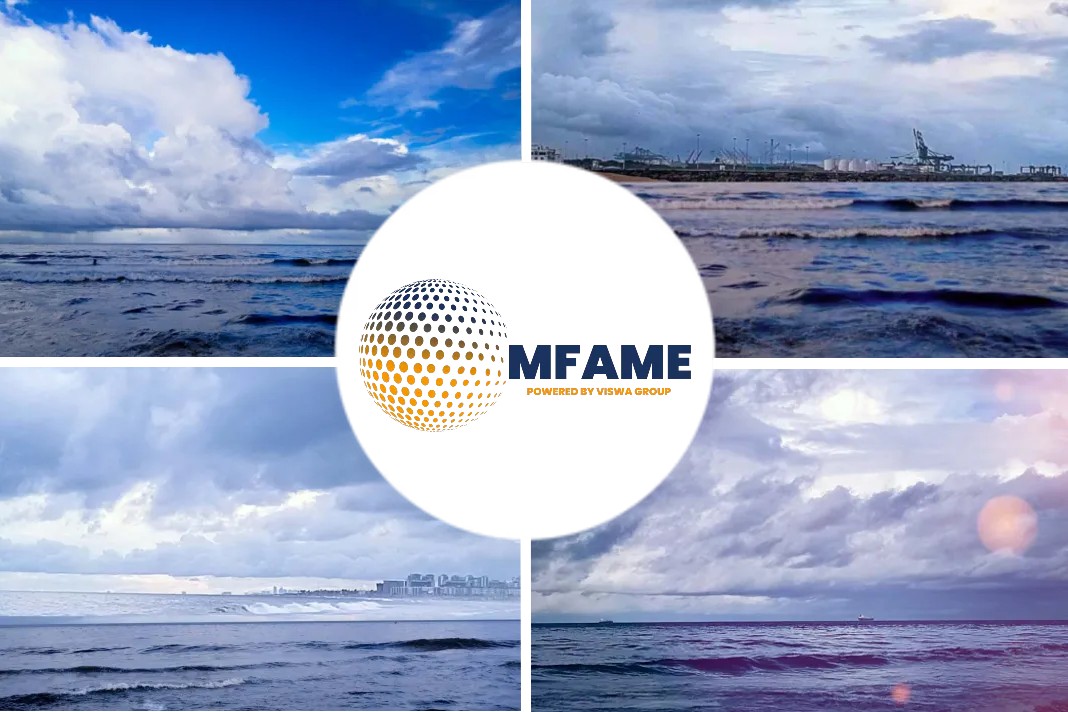In the area of the Strait of Gibraltar, EMSA’s remotely piloted aircraft is in use, giving the Spanish Ministry of Transport, Mobility, and Urban Agenda the ability to monitor the sulphur and nitrogen emissions of passing ships.
Monitor pollution
The endeavour draws on the knowledge gathered from a previous operation in which the aircraft’s unique sniffer capabilities were used to monitor pollution. While the flights can be directed to support the Spanish Maritime Safety Agency (SASEMAR) for search and rescue, the Merchant Marine can utilise the measurements gathered to assess the passing ships’ compliance with pollution regulations. In the vicinity of the Strait of Gibraltar, Spanish and international waterways are once more being observed to check for air pollution levels caused by nitrogen oxide and sulphur oxide emissions from passing ships. By actively assisting in the monitoring of compliance with current rules, the pollutant data acquired can help to lessen the negative effects on both human health and the environment.
Analysing gas samples
The aircraft can be used for a variety of duties within the operational region, such as emissions monitoring, pollution detection, the eradication of trafficking and smuggling activities, fisheries management, and vessel traffic management. A Camcopter S100 unmanned helicopter flown by EMSA’s contractor Nordic Unmanned is the Remotely Piloted Aircraft System (RPAS) in use. The contractor Explicit provided the emissions sensor for the RPAS. This analyses the gas samples obtained when the RPAS passes through the ship’s funnel or stack’s exhaust plume.
Emissions monitor campaign
The amounts of nitrogen and sulphur are then calculated. A port of call inspection may be prompted by signs of non-compliance to assess whether an infraction has occurred. This is the second emissions monitoring campaign to be held in the region, which was selected for its close proximity to important shipping lanes, its ability to be reached by aircraft, and the experience of the employees in charge of keeping an eye on maritime activities in the area. These emissions surveillance efforts will support the International Maritime Organization’s recent decision to designate the Mediterranean Sea as an emission control region, which is set to take effect in 2025.
Did you subscribe to our daily Newsletter?
It’s Free! Click here to Subscribe
Source: EMSA






















